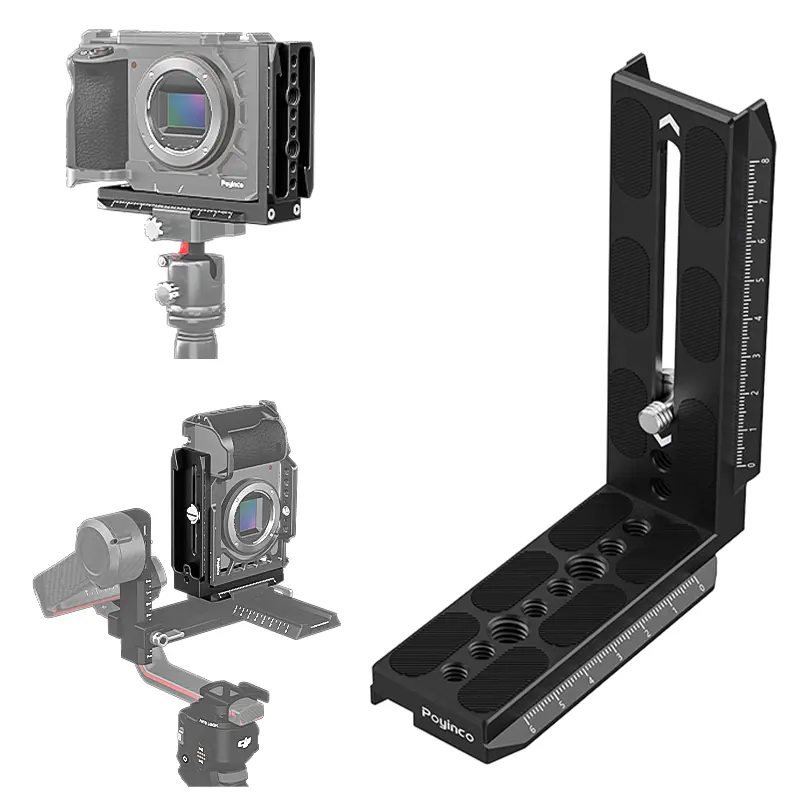

Time:2025-04-18 Views:1

In environments where components are exposed to harsh conditions, such as high humidity, salt - laden air, or corrosive chemicals, corrosion - resistant quick - release plates are essential. These plates are designed to maintain their functionality and structural integrity over time, even in the face of potential corrosion threats.
Corrosion - Resistant Materials
Stainless steel is a common material for corrosion - resistant quick - release plates. Austenitic stainless steels, like 304 and 316 grades, contain chromium and nickel. Chromium forms a thin, passive oxide layer on the surface of the steel, which protects it from further oxidation and corrosion. Grade 316, in particular, also contains molybdenum, which enhances its resistance to pitting and crevice corrosion, making it suitable for use in marine or industrial environments with high - salt or chemical exposure. Another option is using corrosion - resistant coatings on base materials. For example, zinc - nickel alloy coatings can be applied to steel quick - release plates. These coatings provide a sacrificial protection layer. If the coating is scratched, the zinc - nickel alloy corrodes preferentially, protecting the underlying steel from rusting. In some cases, polymer - based coatings, such as epoxy or polyurethane coatings, are also used. These coatings not only offer corrosion resistance but also provide additional benefits like abrasion resistance.
Design Features for Corrosion Prevention
The design of corrosion - resistant quick - release plates also incorporates features to prevent corrosion. Smooth surfaces are preferred as they are less likely to trap moisture or contaminants that could initiate corrosion. Sharp edges and corners are rounded off to avoid stress concentrations, which can also contribute to corrosion. Additionally, proper drainage holes are designed into the plates. In applications where the plate may be exposed to water, such as in outdoor equipment or marine vessels, these drainage holes allow any accumulated water to escape, preventing the formation of stagnant water pockets that could accelerate corrosion. In some designs, the quick - release mechanism is also enclosed or protected to prevent the ingress of corrosive substances, ensuring its proper operation even in harsh environments.
Applications in Harsh Environments
Corrosion - resistant quick - release plates find extensive use in marine applications. In boats, they are used for attaching and detaching various components like hatches, access panels, and equipment mounts. The saltwater environment is highly corrosive, and the use of corrosion - resistant quick - release plates ensures that these components can be easily maintained and replaced when needed without being severely damaged by corrosion. In industrial settings, such as chemical plants or oil refineries, these plates are used for quick - release connections in equipment that may be exposed to corrosive chemicals or harsh fumes. They provide a reliable and long - lasting solution for quick - access maintenance and repair tasks in these challenging environments.
Read recommendations:
Aluminum Alloy Camera Cage for Canon EOS R10 Mirrorless Camera EOS R EOS-R10 Camera Cage Rig